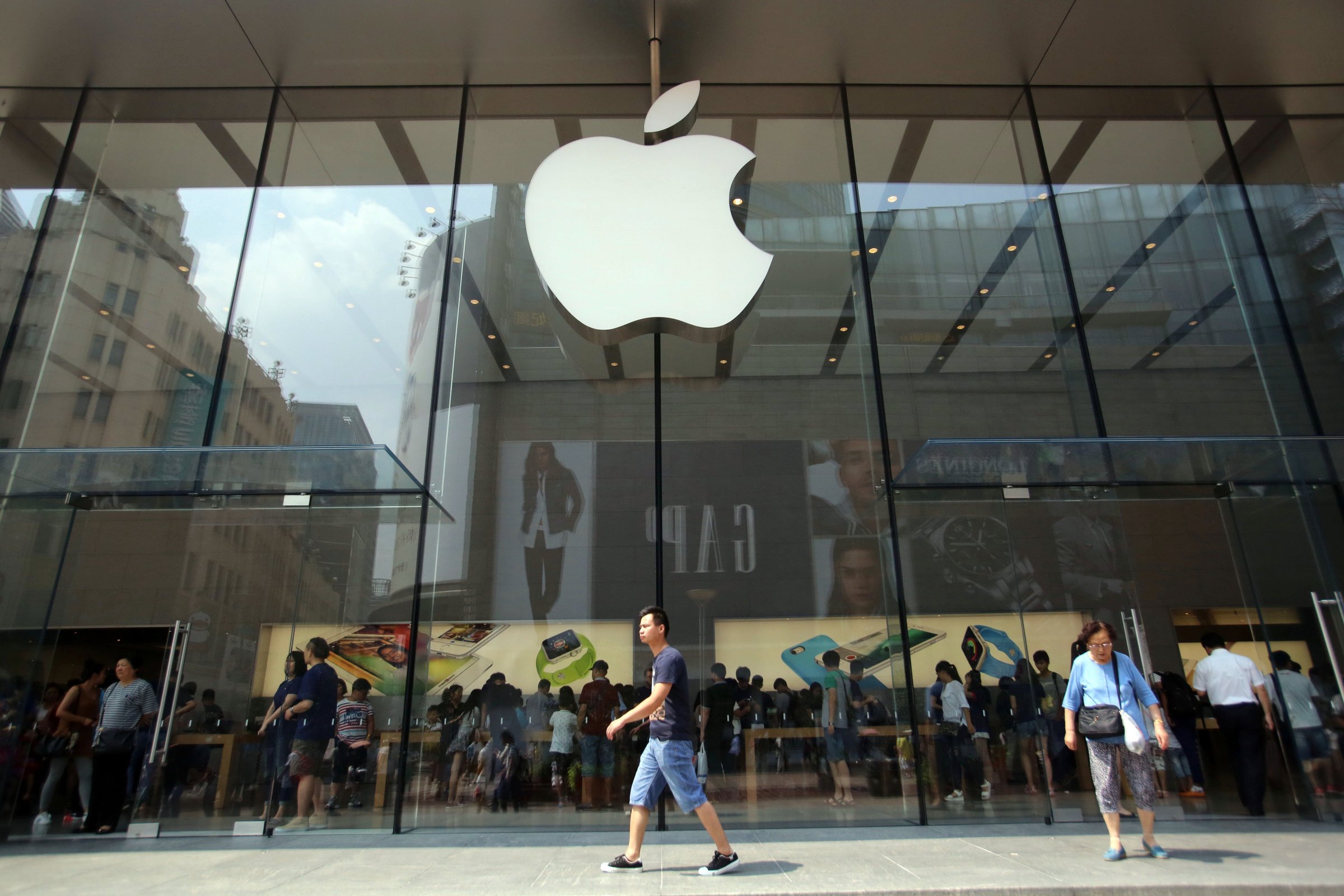
It’s easy to dismiss Apple’s tagline for its new iPhone 6s, “the only thing that’s changed is everything,” as hyperbolic ad copy. But this time, the Cuptertino company really could change everything.
Apple’s iPhone 6s ships with a new operating system that allows users to install software that blocks banner ads from appearing on mobile web browsers. With that small tweak, the web as we know it may never be the same.
Why Publishers Are Nervous
Here’s a basic version of how most Internet publishers make money: They produce content, they get people to click on that content, and they make money from the companies who put ads around that content. That’s called display advertising, and the more clicks a publisher gets, the more money it can make this way. This has been a primary revenue source for many online publishers for decades, and it lets some publishers survive without charging users for content.
But this model is facing a potentially existential threat. It’s never been easier for Internet users to install software that blocks advertisements from appearing on web pages. The number of people using desktop ad blockers like Adblock grew from 21 million a month in 2010 to 181 million this year, according to a report from Adobe and analytics company Pagefair. That’s costing publishers some serious revenue, to the point where some free websites are now asking visitors if they would kindly turn their ad blockers off, thank you.
In a previous time, it might have been possible for publishers to ignore the rise of ad-blocking. After all, Internet users are increasingly doing their browsing not on desktop computers but on mobile devices like phones and tablets, where ad-blocking wasn’t happening (mobile traffic is hard for publishers to monetize for other reasons, however, including the lack of screen space). Ad blockers were banned from Android’s Google Play store in 2013, and were not previous technically possible on the iPhone.
But Apple’s move to allow ad blockers has changed all that. In the days since iOS 9’s release, ad blockers quickly became the best selling software in the App Store. That means, ironically enough, that iPhone users want an ad-free mobile experience so badly they’re willing to pay directly for it. A report from web development firm 10up (disclosure: TIME is a client), predicts that mobile ad blockers could deprive publishers of between 3% and 11% of their ad revenue within the next eight months. One developer removed his ad blocker just days after iOS 9’s release, saying he felt guilty for the potential damage it could’ve done to publishers’ bottom lines.
The authors of that report, Jake Goldman and Ben Ilfeld, say those numbers may actually undersell the long term damage ad blockers could cause. The 11% estimate is based on 45% of iOS web traffic coming from devices with ad blockers installed — roughly three times the rate of desktop ad blocker use. But Ilfeld and Goldman point out that this estimate, while high, certainly isn’t unattainable. Mobile ad blockers are proving particularly popular because they help users avoid data overages — loading all the ads and trackers on publishers’ sites takes precious bandwidth, after all. That means there’s a good economic reason to install one beyond getting a cleaner web browsing experience. Add the revenue loss caused by mobile blockers to the fast-growing desktop ad blocking scene, and “there’s a reason publishers are scared,” says Ilfeld.
See What's Inside the iPhone 6s







What will happen?
If mobile ad-blocking continues to take off, it could shake out in a number of ways.
First, we could see online publishers start using more ads that can’t be sniffed out by ad blockers, like native ads or pre-roll ads on video content.
There’s another camp that argues publishers will flee from the web and into apps where ads can’t be blocked. Publishers may make apps of their own, as some already do, or they might cozy up with social media platforms like Facebook to host and deliver their content. They could also rely on news aggregators like Apple News, a newsreader app Apple introduced with the same update that brought ad blocking to iPhones. But this path could result in a bad experience for readers accustomed to reading news on the web rather than constantly shifting through different apps—especially now that some publishers have begun releasing some of their content exclusively on certain third-party apps.
Meanwhile, the optimists out there believe the ad blocking wars will simply result in better ads. Apple blogger John Gruber, for instance, thinks consumers will choose to “whitelist” less obtrusive ads. It’s a hopeful premise, but it assumes users will take a proactive role in allowing ads from sites they like and want to support, effectively working harder to still see ads. In reality, most top iPhone ad blockers so far lump Gruber’s own ad network in with the most annoying animated advertisements, leading Gruber to ask: “Are we fighting ads or are we fighting garbage?” But that’s not a distinction most readers make.
And even if ad blocker users do whitelist their favorite sites, their good web citizenship could be undercut by the ad blockers themselves. Adblock Plus, for instance, lets Microsoft, Amazon, Google, and roughly 70 other companies pay to be whitelisted by default. Eyeo GmbH, the company behind Adblock Plus, is now reaching out to iOS ad blockers and offering their developers a similar display-for-pay arrangement. At least one iOS blocker, Crystal, has taken Eyeo up on its offer. That’s been a controversial move in advertising circles, leading the company to announce Tuesday it will let an independent board decide which ads are acceptable enough to bypass its filters. But how such a board will work in practice—and whether other ad blockers will follow suit—remains to be seen.
Starting a Conversation
Publishers are already beginning to talk to their readers about a contract that’s only been implicit up until this point. Ad blocker users visiting sites like The Washington Post and The Atlantic, for instance, are being greeted with a message reminding them that revenue from ads make those sites’ content possible. That’s a conversation that’s been a long time coming. If nothing else, it could help readers appreciate the economics of online content. But there’s still no guarantee anybody wants to pay for what’s posted online, whether it’s with their dollars or their time spent looking at ads.
More Must-Reads from TIME
- Why Trump’s Message Worked on Latino Men
- What Trump’s Win Could Mean for Housing
- The 100 Must-Read Books of 2024
- Sleep Doctors Share the 1 Tip That’s Changed Their Lives
- Column: Let’s Bring Back Romance
- What It’s Like to Have Long COVID As a Kid
- FX’s Say Nothing Is the Must-Watch Political Thriller of 2024
- Merle Bombardieri Is Helping People Make the Baby Decision
Contact us at letters@time.com